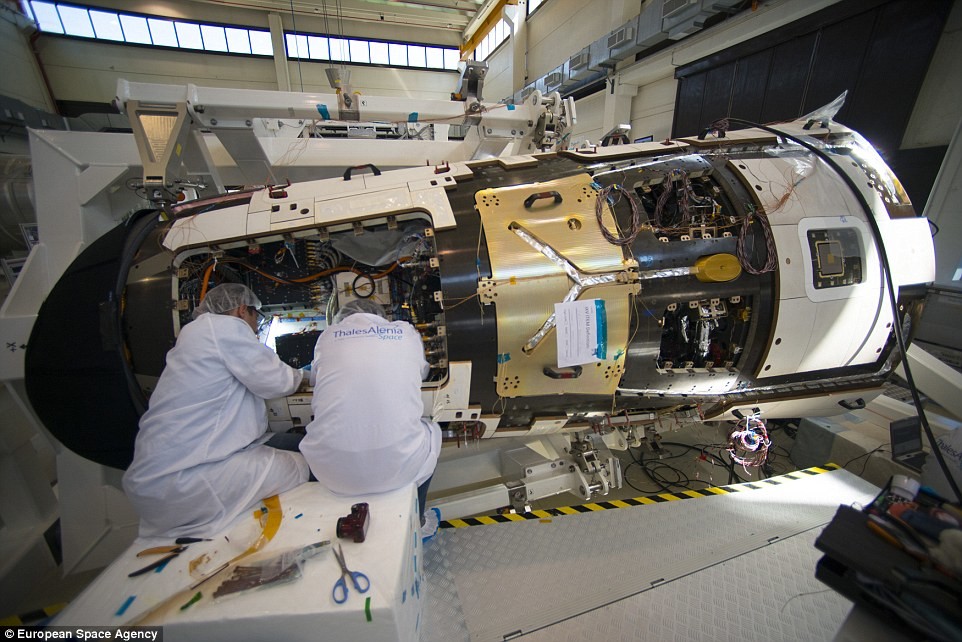Europe's IXV mini 'spaceplane' set to fly
Published on 11 february 2015The unmanned Intermediate eXperimental Vehicle (IXV) will launch atop a Vega rocket from South America, fly east around the globe, before splashing down in the Pacific Ocean.
The wedge-shaped craft is designed to gather information on how space objects fall back to Earth.
Engineers could use the data to inform a range of future technologies from re-usable rockets to Mars landers.
Lift-off for the Vega from French Guiana is timed for 10:00 local time (13:00 GMT) on Wednesday.
It will throw the IXV to an altitude of 450km, from where the European Space Agency (Esa) test article will then begin its rapid descent.
By the time it re-enters the atmosphere, the craft should be moving at 7.5km/s. As it pushes up against the air, the temperatures on its leading surfaces will soar to 1,700C.
Flaps and thrusters will be used to control the trajectory, ensuring the IXV comes down close to a recovery ship some 3,000km west of the Galapagos Islands.
A parachute system deployed in the very late stages of the flight will put the two-tonne vehicle gently in the water. Floatation balloons will come out to stop it from sinking.
Beginning to end, the complete mission is expected to last approximately one hour and 40 minutes.
Europe's expertise on re-entry technologies is more limited than, say, the US or Russia. Something it wants to change with the help of the IXV.
Esa's project manager Giorgio Tumino told BBC News: "Europe is excellent at going to orbit; we have all the launchers, for example. We also have great knowhow in operating complex systems in orbit. But where we are a bit behind is in the knowledge of how to come back from orbit. So, if we are to close the circle - go to orbit, stay in orbit, come back from orbit - this third leg we need to master as well as other spacefaring nations."
Source: BBCnews
Photo sources: dailymail, Spaceskyrocket


